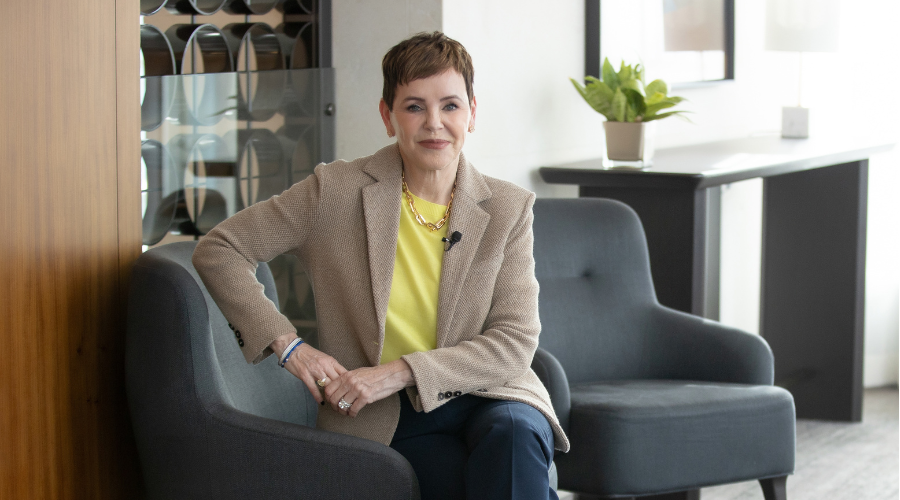Refinance mortgage
A refinance mortgage is a way of increasing the amount you owe on your home so that you can access the equity in the form of cash. A refinance mortgage effectively changes the terms of your current mortgage (if you have one) and can be taken out with your current lender or a different company.
There are a number of reasons why you might refinance your mortgage:
- To pay off high interest debt like credit cards, payday loans and other personal loans
- To consolidate all debts into one easy monthly payment, typically at a much lower rate of interest
- To pay for home repairs or renovations
- To pay for a wedding, a trip or to help your children buy a home
- To access cash that can help boost your retirement income
You may be wondering, is refinancing good for your credit? The answer is yes, if you use some of the money to pay off your credit cards and other high interest debt. A mortgage refinance calculator can help you work out if refinancing makes sense.
So, when it comes to refinancing your mortgage in Canada as a retiree, which option is best for you? We take a look at your refinance options and the differences between a reverse mortgage versus a refinance.
How to go about refinancing your mortgage in Canada
While the home mortgage refinance process is fairly simple, refinancing mortgage rules in Canada require that you go through a qualifying process to borrow more money on your home. When refinancing a mortgage in Canada there are strict criteria for qualification that can be difficult for some retirees to meet.
Refinancing mortgage rules in Canada stipulate that you need to have a good credit score — typically 720 or higher — to get the best rates (the average score in Canada is around 650, according to TransUnion). Any lower and your application may be refused or only accepted if you pay a significantly higher interest rate.
When deciding on whether you qualify for a refinance mortgage, lenders use a test based on your income versus debt payments, called debt service ratios. You need to be within these ratios for a lender to make you a mortgage offer.
Changes in the law have recently introduced stress tests that mean you must now also prove that you can make your payments if your interest rate were to rise by 2 percentage points. These stress tests have meant that it can be much harder for retirees to qualify for the refinance mortgage that they need.
The pros and cons of a refinance mortgage in Canada
A refinance mortgage can be an efficient way of paying off high-interest debt or accessing the equity in your home. Some of the typical advantages of a refinance mortgage are:
- The lower interest rate can make your outstanding debt far more manageable, while saving you hundreds of dollars a year
- You can, in theory at least, borrow up to 80% of your home’s appraised value
- You pay off the debt over time
- You consolidate your debts into just one, far more affordable payment
For retirees especially, there are some significant disadvantages of taking out a refinance mortgage:
- You must make regular principal and interest payments
- If you miss some payments and default, you could lose your home
- Refinance mortgage interest rates are typically higher than for renewals and you pay that rate on the entire loan, not just the extra amount
- You have to pay interest on all of the money you borrow, even if you don’t yet need some of it
- Canadians with limited retirement income often don’t qualify for the amount of the refinance mortgage that they need
- You need to pay up-front for the mortgage refinance appraisal process (as you would for a reverse mortgage)
Even when they do qualify for a refinance mortgage, some retirees find the regular mortgage payments to be difficult to make. For example, using a mortgage refinance calculator, you would find that a refinance mortgage of just $200,000 would have a monthly mortgage payment of around $1,1271. This would make a big dent in many Canadians’ retirement income and could add to their financial stress.
How they stack up: reverse mortgage versus refinance mortgage
When it comes to refinancing a mortgage in Canada, those aged 55 and older have a distinct advantage over younger borrowers: they can apply for a reverse mortgage instead.
Like a refinance mortgage, a reverse mortgage allows you to cash in some of the equity in your home (up to 55%) and use the money for whatever you need. And, as with a refinance mortgage, there are pros and cons to a reverse mortgage.
Advantages and disadvantages of a reverse mortgage versus refinance
A reverse mortgage has a few disadvantages compared to a conventional refinance mortgage:
- The interest rate is typically higher than with a refinance mortgage
- Unless you choose to pay the interest, the debt will increase every year
- Principal is not usually paid off with a reverse mortgage
- Closing costs are usually more than for a refinance mortgage
For many retirees, however, a reverse mortgage’s advantages more than make up for its drawbacks:
- You don’t have to make any regular mortgage payments with a reverse mortgage
- It is considerably easier to qualify for a reverse mortgage than a refinance mortgage
- The interest rate is much lower than other debt such as credit cards, payday loans and personal loans
- You will never owe more than your home is worth2
- You won’t lose your home because of defaulting on payments as there are none to make
- You can withdraw your reverse mortgage refinance in a lump sum, installments or a combination of the two
The first two advantages are a huge draw for many retirees. Having no regular mortgage payments frees up a lot of their retirement income while allowing them to pay off their high-interest debt. This can help reduce their financial stress and allow them to live retirement on their terms.
A reverse mortgage is also an option that is open to far more retirees than a refinance mortgage. To qualify, you need to be over 55 and a homeowner with sufficient home equity. No proof of income or stress test are required, and your credit score isn’t taken into account.
Applying for a reverse mortgage
When it comes to refinancing your mortgage in Canada with a reverse mortgage, the process is very simple. First of all, you can use our reverse mortgage calculator to calculate how much you could borrow.
Then, call us at 1-866-522-2447 and we will walk you through the simple application process. By taking the first step now, you will be on your way to living retirement your way.
1 Based on an interest rate of 3.2% and a 20-year amortization.
2 Due to our no negative equity guarantee, as long as the borrower meets their mortgage obligations, HomeEquity Bank guarantees that the amount they will have to pay on their due date will not exceed the fair market value of their home. Provided you have met your mortgage obligations, including property taxes and home insurance. The guarantee excludes administrative expenses and interest that has accumulated after the due date.
































